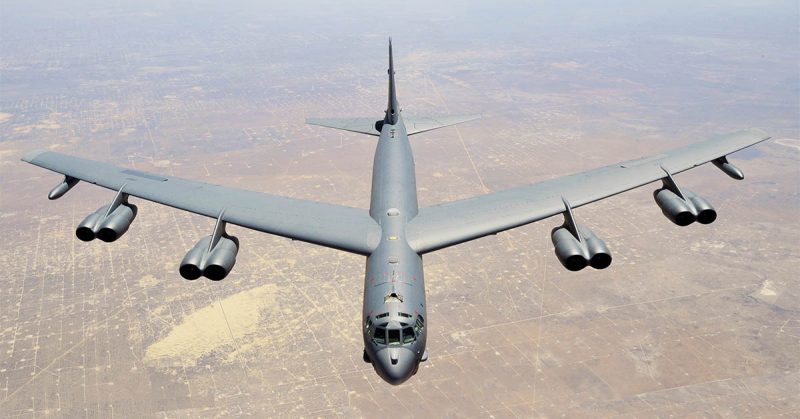In January 1961, President John F. Kennedy was inaugurated and the Cold War was in full force.
US Air Force bombers and fighter planes were in the air constantly to protect the country from a Russian attack. In the early morning of January 24, one of these bombers could have caused the most devastating bombing ever to hit the country.
The plane was a B-52 Stratofortress bomber with a mission to patrol the skies over the Atlantic Ocean. Each of these planes was equipped with two 3.8 megaton Mark 39 hydrogen bombs. The reasoning behind this was that the crew could survive an initial attack by Russian and respond by dropping their nuclear weapons.
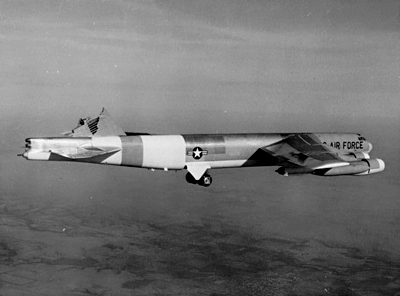
The weapons being carried were around 12 feet (3.6 meters) in length and weighed more than 6,200 pounds (2,812 kilograms). The blast from one bomb would be able to kill everything in a 17-mile (27-kilometer) radius from the drop site.
These were the bombs being carried by a plane which left Seymour Johnson Air Force Base close to Goldsboro, North Carolina.
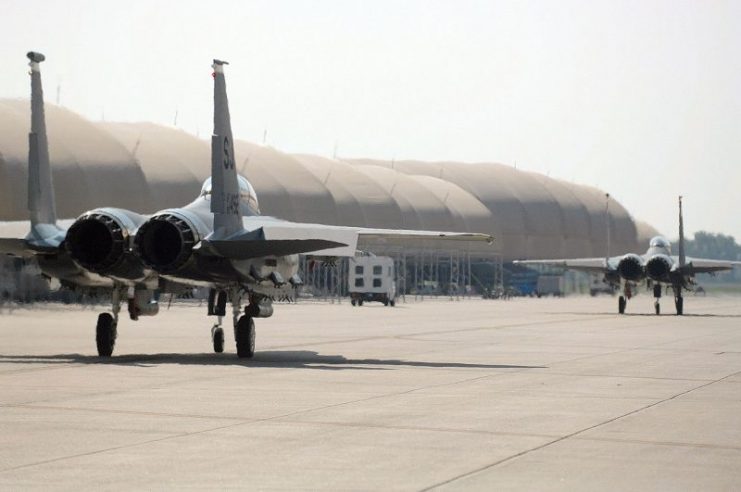
According to a declassified document, the plane left the base without a problem, but then everything went wrong. Soon after takeoff, the bomber started to leak fuel. In the span of two minutes, almost 19 tons of fuel was lost.
The pilot turned around and attempted to return to the Air Force base. While making its way back, the right wing was suddenly and inexplicably sheered from the body of the plane. This caused the plane to plunge and tailspin over the farms of North Carolina.
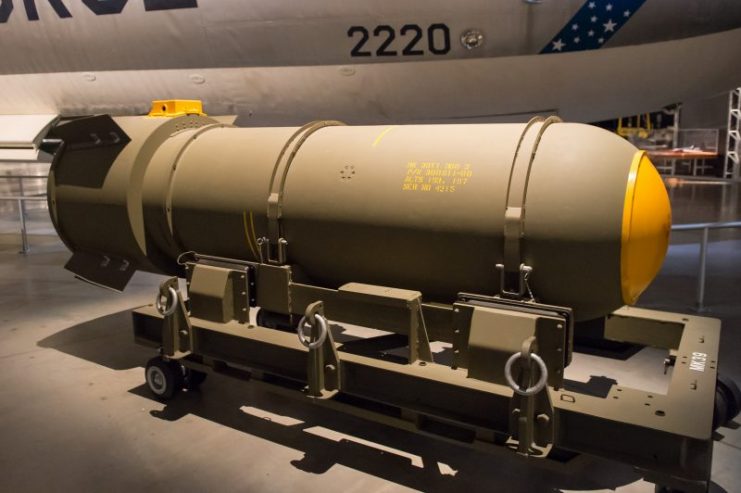
As the plane plunged, it started to break up from the force. Of the eight crewmen on board, five were able to eject. As the plane disintegrated, the two nuclear bombs broke loose and plunged into the ground below. The breaking up of the planes almost set one of the bombs off before it hit the ground.
https://youtu.be/xBG0Am4RzLY
The remainder of the plane crashed nose first into a tobacco field just outside of Goldsboro, approximately 60 miles (96 kilometers) from Raleigh. The three crew members unable to eject were killed in the crash. The first of the nuclear bombs parachuted safely but was snagged by a tree.
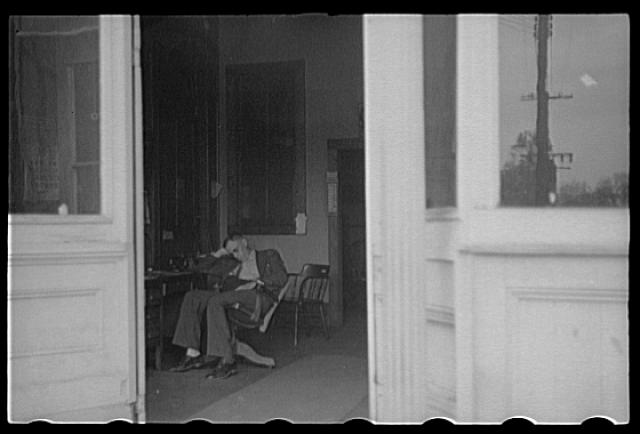
The crash prompted a major accident response or broken arrow because of the nuclear weapons. The responders to this accident arrived at the scene and were easily able to find the first of the bombs. The device was inspected and moved onto a truck to be taken back to the Air Force base.
The problem came with the second warhead which did not have a very soft landing. The parachute of the bomb failed to deploy, and it struck a muddy field at approximately 700 miles per hour (1,126 kilometers per hour). It would take recovery teams a week to dig the bomb out of the ground and find most of its parts.
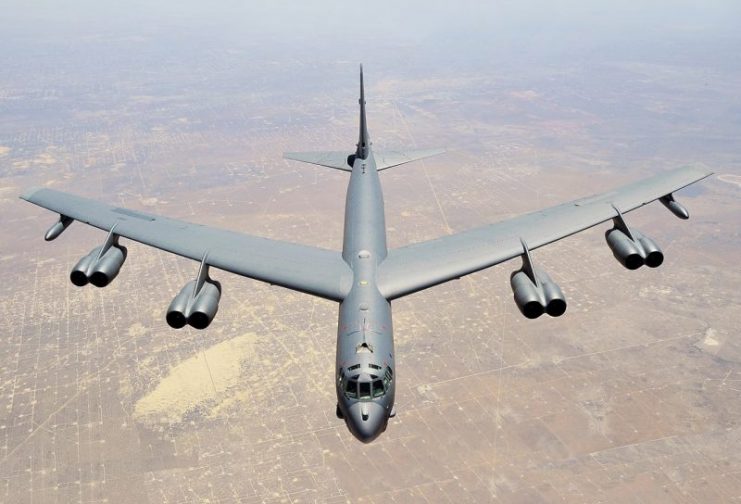
When the bombs returned to base, they were inspected by the military and it became clear how close to nuclear fallout the area had been. During the investigation, the military found that six of the seven steps required to detonate the bombs had been completed. There was only one trigger which had stopped the blast.
The trigger in question had been set to ARM, but it had failed. According to a declassified 1963 memo written by the secretary of defense Robert McNamara, this was only by the slightest margin of chance. There was a failure of two wires which stopped the nuclear blast.
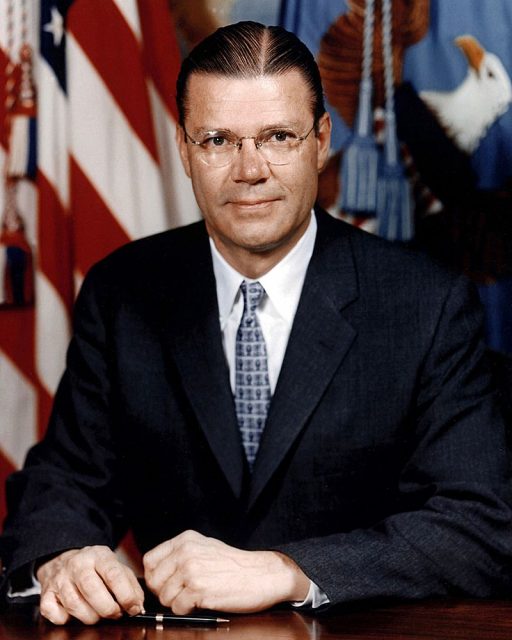
The fallout if they had detonated could have been terrible. A simulation has estimated that thermal radiation would have been emitted over a 15-mile (24-kilometer) radius. Depending on the wind conditions on the day, this could have been even further in reality.
Based on population data from the time, North Carolina had a population that was 47% lower than today. This would have resulted in approximately 28,000 deaths and 26,000 injuries. This number does not include those who would have been killed and injured by the fallout.
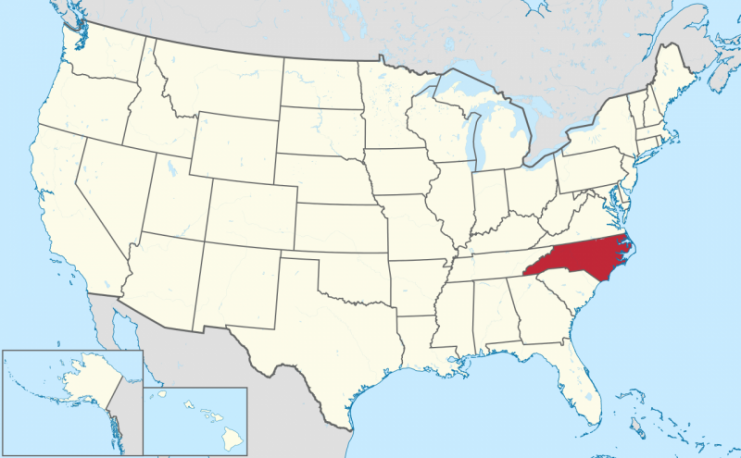
Read another story from us: When The USA Wanted To Nuke The Moon To Impress The Russians
There is a further complication. The thermonuclear core of the second bomb was never recovered from the crash site. Both bombs were thermonuclear in design which means that they had two cores to provide a one-two punch.
The secondary core of the bomb in the muddy field was lost to the soil. Reports state that the core was more than 100 feet (30 meters) deep with some suggesting that it was 200 feet (60 meters) down. These cores were generally made from uranium-238 which is not actually weapons grade.
By all accounts, it appears that the secondary core is still buried in that field.
